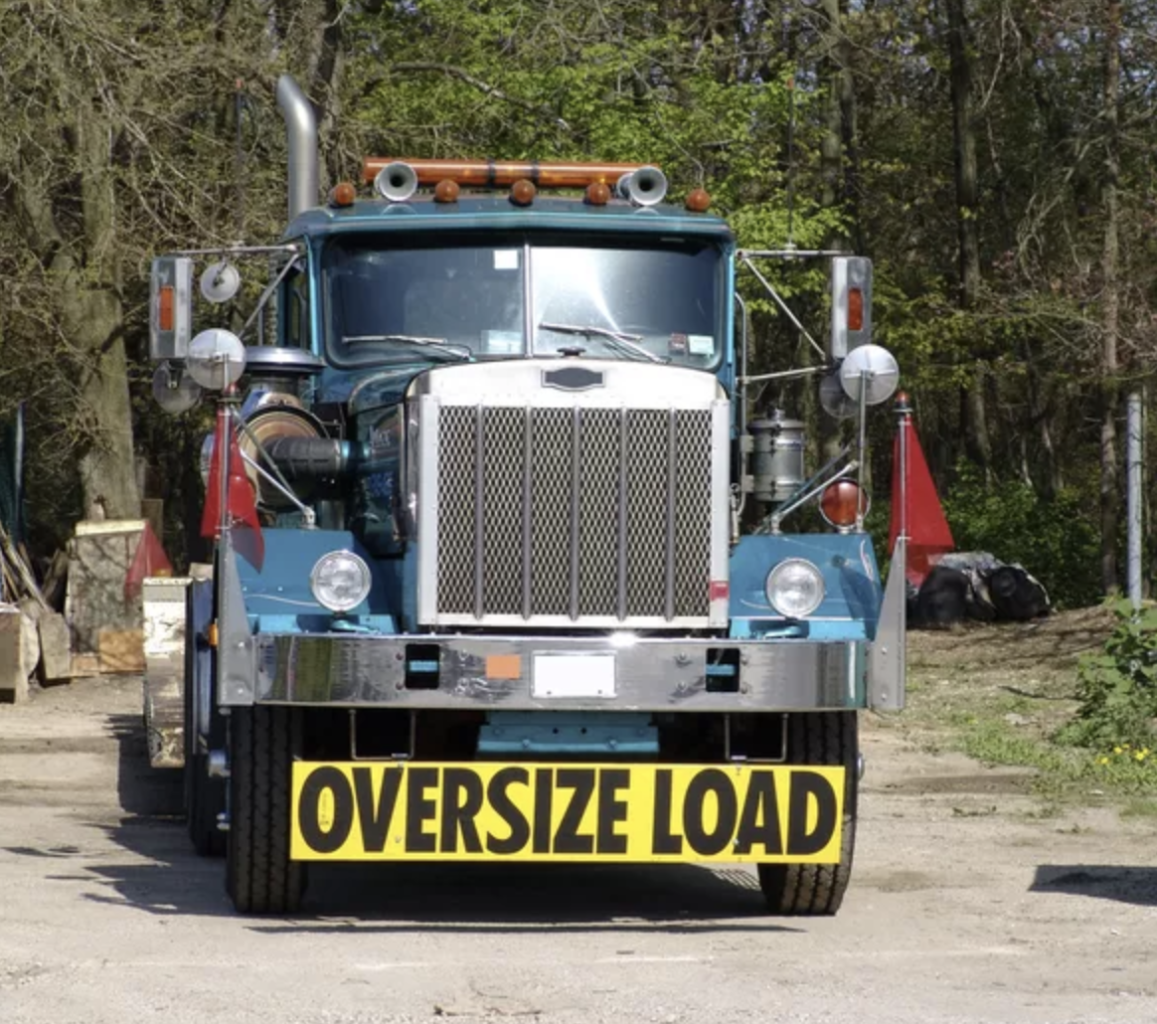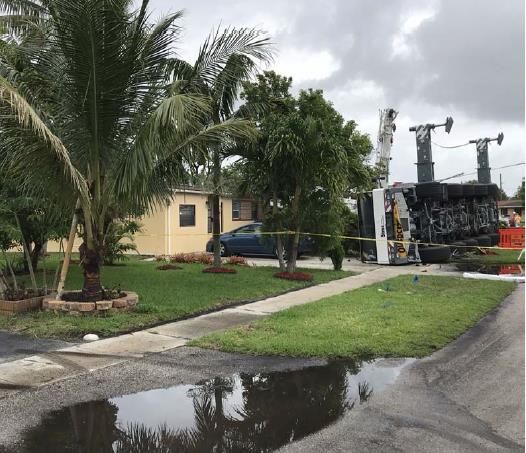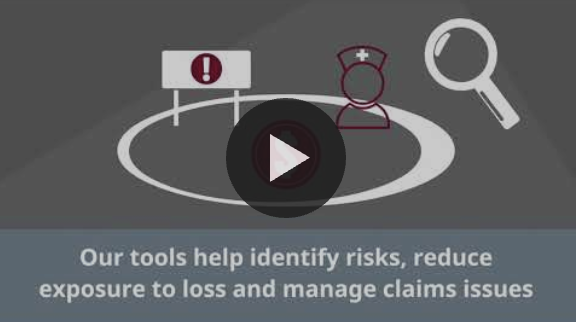Risk/Fleet managers have a variety of responsibilities – selecting and purchasing vehicles, designing and implementing maintenance schedules, record keeping, driver management – and all of these responsibilities take a tremendous amount of time and effort. Risk and Fleet managers can be stretched thin, and often are, and any sort of help they can get – technological or otherwise – is usually welcomed.
This is partly why telematics can be so helpful for organizations. Telematics have been designed to assist fleet managers in a number of ways, including helping them plan for unforeseen events, be more productive, and react to issues in real time.
According to Sam Madden, of Cambridge Mobile Telematics, “telematics can also play a major role in helping truck owners leverage the real-time data to take operations to a new level.” A few of the most effective management practices he’s observed recently include:
- Providing fleet drivers trip-by-trip feedback and insights on driving behavior and performance (including at-risk speeding, phone distraction, hard braking and more) to spark improvements.
- “Gamifying” safe driving to motivate individual drivers and teams to compete for better scores, badges, prizes and bonuses.
- Using advanced analytics and machine learning technology to capture and convert risky driving activities into actionable insights, scores and performance feedback.
Two of the FMCSA Behavior Analysis and Safety Improvement Categories (BASICs) that telematics could have an instant impact on are Unsafe Driving and Hours of Service. Real time data allows you monitor HOS, allowing you to make sure your drivers are maintaining compliance within the HOS regulation, and gives you instant feedback on how safely or unsafely your drivers are operating during the course of their work day.
As a reminder, the HOS BASIC addresses the requirements within the FMCSRs at 49 CFR Parts 392 and 395. This BASIC includes violations of the regulations pertaining to records of duty status (RODS) as they relate to HOS requirements and the management of commercial motor vehicle (CMV) driver fatigue. Some example roadside safety violations that may cause a motor carrier to rank poorly in this BASIC include a driver operating more hours than allowed under HOS regulations and falsification of RODS. By using telematics to track how far drivers are driving, and when, fleet managers can stay on top of exactly when a driver needs to rest.
Similarly, The Unsafe Driving BASIC addresses the requirements within the FMCSRs, specifically 49 CFR Parts 392 and 397, and refers to the operation of commercial motor vehicles (CMVs) by drivers in a dangerous or careless manner. Some example roadside safety violations that may cause a motor carrier to rank poorly in this BASIC include speeding, reckless driving, improper lane change, and inattention. Again, telematics can capture this data and fleet managers can make real-time decisions on how to address these behaviors with drivers.
For more information on telematics systems and how to put them to work for you, or for questions regarding any of the seven BASICs, contact Joe Doerr or another NBIS risk management specialist today at 1.877.860.RMSS (7677).







